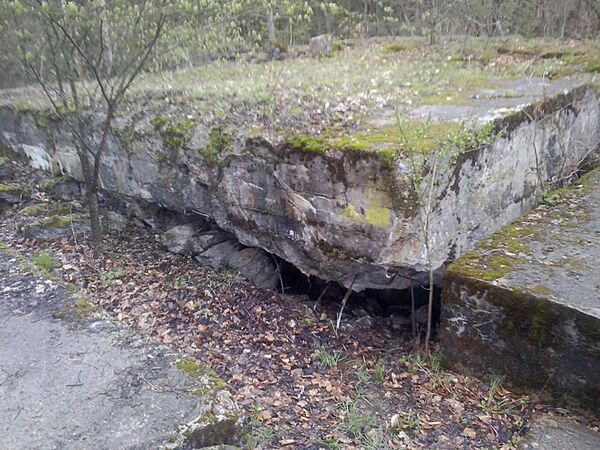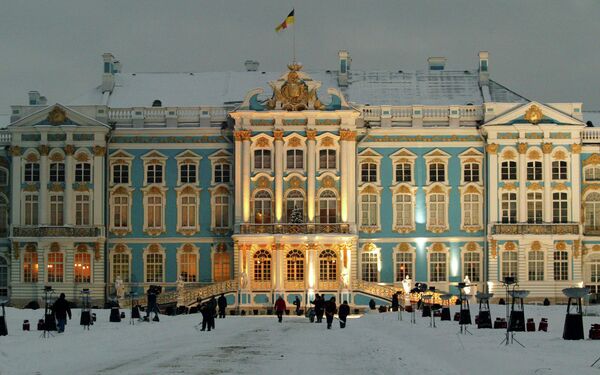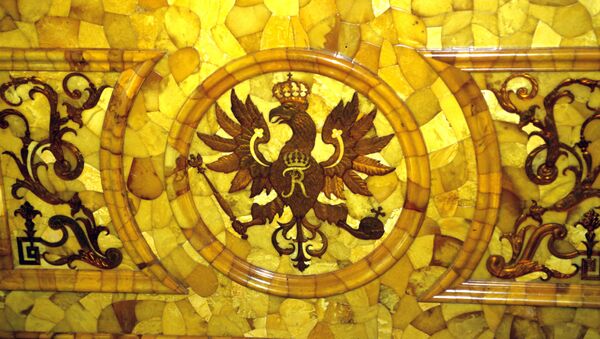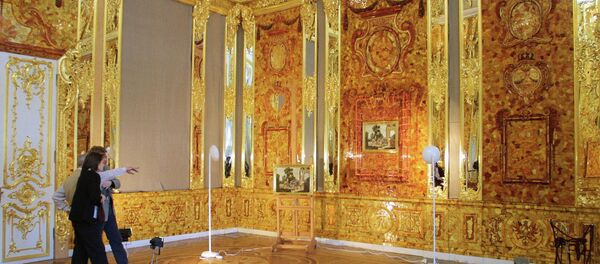Like the Russian exclave of Kaliningrad, which is located about 60 miles to the north, the village had been part of the German region of Prussia before the war.
Earlier, it was reported that a ground-penetrating radar had allegedly detected an unknown underground room, where the local museum staff suggested the Amber Room could be entombed.

Their allegations came after elderly villagers claimed that they had seen "a German convoy unloading large crates into a secret chamber in a stark, moss-covered Nazi bunker near the Russian border in early 1945," according to the New York Times, which cited Mamerki Museum curator Bartlomiej Plebanczyk.
In mid-June, the search groups also tried to find traces of the Amber Room in the bunker by drilling several holes in the basement. On Tuesday, they resumed the search, but to no avail.
"We were unable to locate the Amber Room in such a way," TVN 24 quoted Plebanczyk as saying.

There have been various attempts to discover the Amber Room since the end of the Second World War.
The Amber Room, a chamber decorated in amber panels backed with gold leaf and mirrors, was originally built for the Catherine Palace of Tsarskoye Selo near Saint Petersburg.
The chamber was constructed in 18th century and was lost during World War II after being looted by Nazi German forces – the Amber Room that is currently available on display is in fact a reconstruction which was only completed in 2003.



